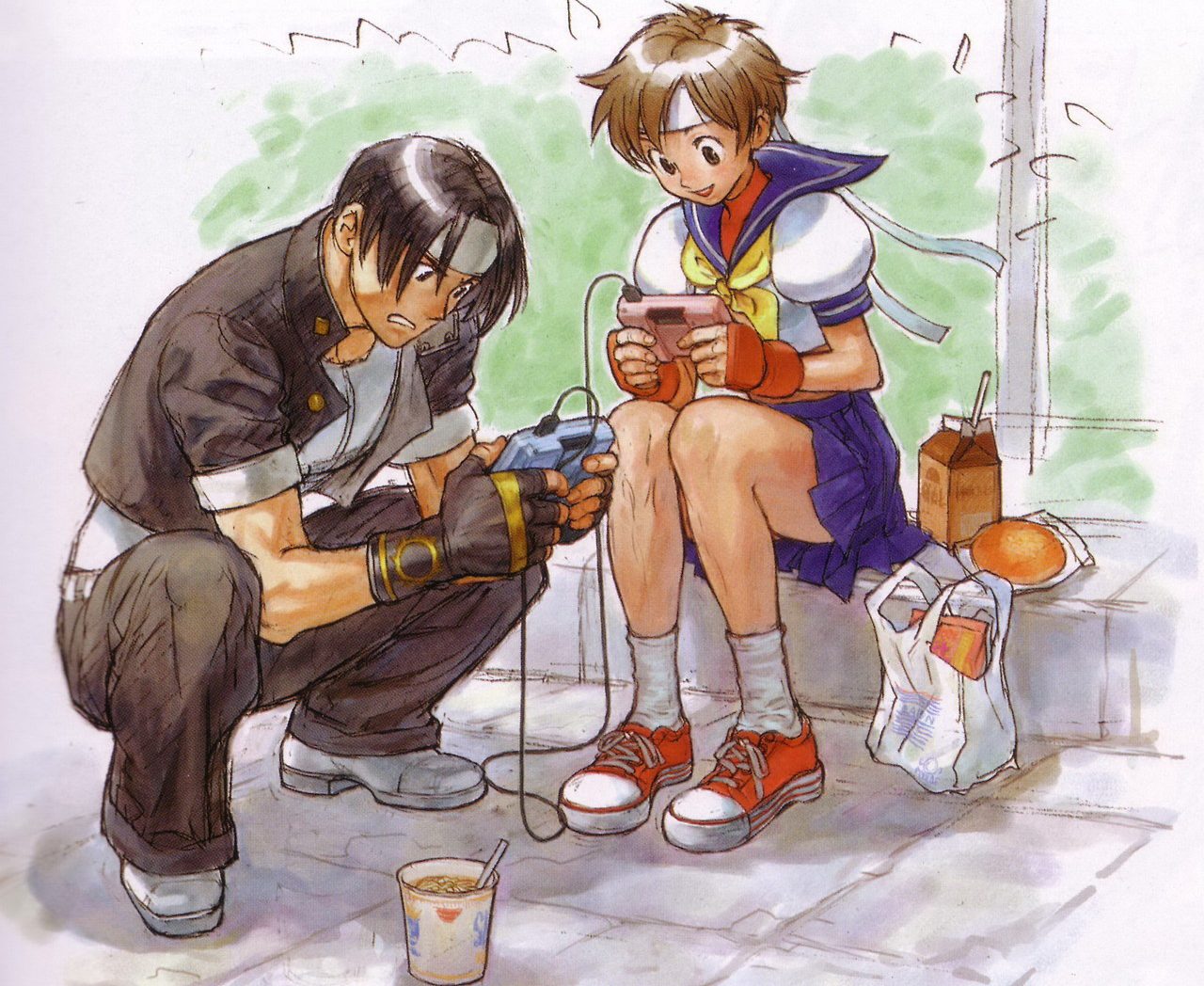A quick retrospective on the Sega Saturn and its legacy today.
Twenty-Five years ago, on this date, the Sega Saturn launched in Japan aiming to rebuild Sega’s reputation after the disastrous sales of the Mega Drive (Genesis in the US). The 5th Generation already was on it way thanks to Atari, Philips, and 3DO Company’s venture to outdo Nintendo and Sega. Overall, one could say that was the main goal for the 5th generation was to become the next Sega/NEC had done in order to beat Nintendo.
With Sega not only facing the heat from the previously mentioned companies, but Sony also began to reveal the specs of their debut console, the Playstation which caught Sega by surprise. The Playstation began to garnish interest from consumers and developers alike.
Meanwhile, Nintendo began gaining the upper hand in the 16-bit market thanks to the success of Donkey Kong Country and the power of the SFX chips. To make matters worse, Sega’s idea of releasing another add-on for the Mega Drive/Genesis only months prior to the release of the Saturn severely damaged their reputation.
In Japan, the Saturn launched extremely well, thanks to the sensational hit, Virtua Fighter being a pack-in game for the system. Despite the Playstation’s impressive specs and launch titles, including Ridge Racer, Sega was synonymous with quality arcade titles.
On the other hand, Sega of Japan’s decision to mainly make the Saturn more Japanese-centric backfired when bringing it over to Western audiences. There is a variety of reasons and theories when it comes to talking about Saturn’s failure westward. Some of the reasons included but not limited to miscommunication and in-fighting between Sega of America/Europe with Japan, the Western Sega branches focusing more on 32x, and the unexpected disastrous launch of the Saturn during the first E3 in 1995.
In retrospect, Sony gained the upper hand by stating the infamous phrase, “$299”. Already by then, the Saturn in the USA headed towards its grave.
It should be noted that the European launch is hard to account for due to a scare amount of information that was disclosed.
Now, while Japan enjoyed a plethora of games to choose from the European and especially the American fronts got the short end of the stick.
Adding more fuel to the fire, while hiring Bernie Stolar as President of Sega of America he implemented the same model he had whiled his brief venture at Sony, limit RPGs and 2D Games. This caused an uproar amongst the Saturn fan base limiting the library of games in the US tremendously. It was because of this decision the Modding and importing scene became popular where several retailers offered Japanese Saturn games. As Del the Funkee Homosapien stated, “Bernie Stolar dropped the ball with the RAM cartridge/X-Men Vs. Street Fighter could’ve expanded the market.”
While Europe was having some luck being able to obtain some games including Darius II, King of Fighters 95, and 3D Lemmings. The US on the other hand, offered a small variety of the Saturn’s potential.
Speaking of games, the Sega Saturn is regarded as the 2D Powerhouse during the 5th generation. The Saturn offered a variety of quality arcade ports destroying their Playstation counterparts (Looking at you Capcom and SNK fighting ports). It’s been well-known because of the cartridge slot, several developers, especially in Japan, took advantage of this by adding in an expandable RAM cartridge.
While the 2D sides of things were highly regarded the 3D aspect is still seen with mixed results. It should be noted that Saturn was originally intended to be a 2D powerhouse until Playstation’s spec where revealed which made Sega freak out and add another CPU to be able to compete in the 3D landscape. This made developing for the system to be difficult and messy even within Sega’s in-house teams! There are some quality 3D titles for the system as well, including Virtua Fighter 2, Fighter’s Megamix, NIGHTS into Dream, Panzer Dragoon series, Sega Rally, and Daytona USA Championship Edition.
With this in mind, the Saturn is often regarded to be Sega’s black sheep console. However, recently there has been a resurgence of interest in the system thanks to the popularity of the internet retro gaming culture. With the word out about Saturn’s impressive Japanese library prices began to skyrocket.
On the other hand, Saturn’s library hasn’t had any recent ports until this decade where Treasure acquainted a new generation to classics such as Guardian Heroes and Radiant Silvergun on the 360. While Sega only ported Nights and recently partnered up to bring HD ports of Panzer Dragoon and Panzer Dragoon Zwei. Still, there isn’t much love or interest to bring Saturn titles to the modern-day due to many developers losing the source code or being closed down. It’s a shame really because there are many amazing games that have yet to be recognized, including Panzer Dragoon Saga, Burning Rangers, Enemy Zero and the Saturn versions of Grandia and Megaman 8.
Ultimately, the Sega Saturn deserved better especially in the US. It’s a shame that fans were gimped out of amazing titles or released them way too late for the Saturn to be seen as a viable contender. While in Japan, the Saturn is often remembered as a favorite amongst gamers. It’s great to see that there has been a rising interest in the system from retro gaming enthusiasts as well as developers.
Here’s to 25 years of Segata Sanshiro, quality arcade titles, and a system often remembered because of internal politics. Happy 25th birthday, Sega Saturn!

